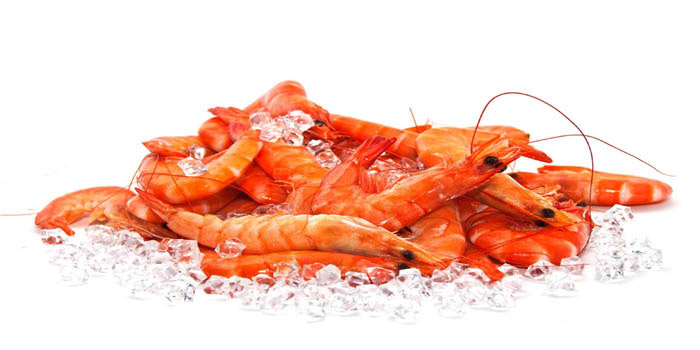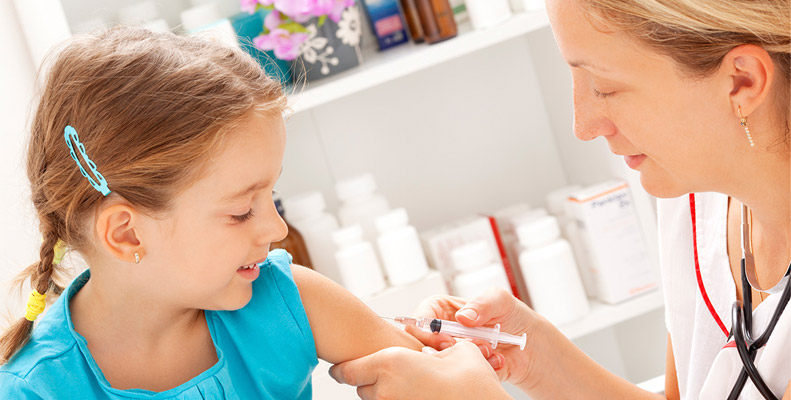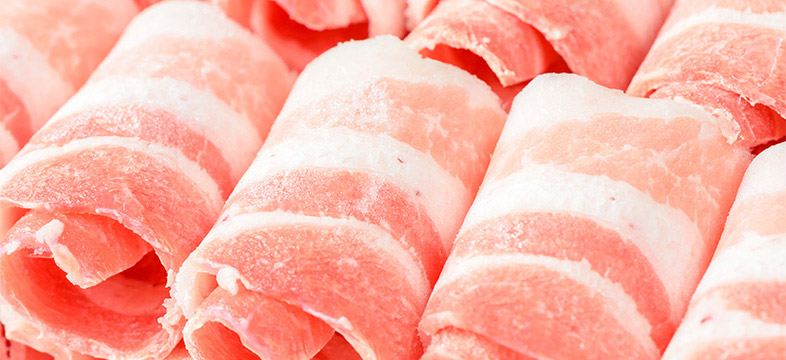Cold chain management is crucial in the seafood industry. Maintaining fish at the correct temperature from catching until it reaches the consumer will ensure optimum freshness and quality. Spoilage cannot be stopped in fresh fish, it can however, be controlled to a great extent. The two most important words to remember when dealing with fresh fish are time and temperature.
It is a legal requirement for food business operators to ensure that all chilled and frozen foods are maintained at the correct temperature during transport, storage, delivery and display. In addition, there must be sufficient refrigerated space to allow cooked and ready-to-eat food to be segregated from raw food. Poor temperature control leads to increased waste and consequently decreased profit for your business.
SEAFOOD Spoilage and Safety
Fish starts to spoil from the time it is caught and this spoilage continues throughout its shelf-life. The main reason for fish spoilage is enzyme activity and bacterial growth. In addition, oil-rich fish such as mackerel and herring will spoil due to oxidation. All of these activities occur more rapidly at higher temperatures.
Bacteria
Bacteria are the major cause of fish spoilage. Pathogenic bacteria can cause food poisoning. Millions of bacteria live on the skin, on the gills and in the intestines of live fish. After harvest these bacteria invade the flesh of the fish through the gills, skin and belly cavity lining.
Other bacteria, not naturally present in the fish, can be introduced from humans and the environment through handling or contact with contaminated boxes, knives and other equipment.
Histamine poisoning (scombroid poisoning) is caused by consuming fish containing high levels of histamine. Naturally occurring bacteria in fish produce an enzyme which converts histidine to histamine. Histamine poisoning occurs very quickly after eating the fish, usually within 30 minutes. Common signs of histamine poisoning may include a tingling or burning sensation in the mouth, a rash on the upper body, headaches, dizziness and itching of the skin. In some cases, nausea, vomiting and diarrhoea may occur. Species associated with histamine poisoning include mackerel, sardines, tuna and swordfish. Once histamine has formed in the product, subsequent cooking will not destroy it.
The best way to prevent histamine poisoning is to ensure that the fish is maintained at a temperature below 4°C.
Enzymes
Enzymes in live fish help to build tissue and digest food. After the fish dies, enzyme activity continues and starts to digest or breakdown the flesh. This causes the flesh to soften resulting in poor quality.
Enzyme activity destroys the lining of the gut allowing bacteria to enter the flesh of the fish.
Oxidation
Oxygen in the air reacts with oils in fish and causes rancidity, off-odours and off-flavours. This occurs in oil-rich fish such as salmon and mackerel.
Other Factors Affecting the Rate of Spoilage
Small fish tend to spoil faster than larger fish. Certain species will spoil faster than others e.g. whiting will spoil faster than plaice. Fish that have recently spawned or have been feeding heavily will spoil more rapidly.
Effect of Chilling on the Shelf-Life of Fish
The control of spoilage by reducing the temperature is the most common and practical way of keeping fish fresh. The lower the temperature, the longer it will take for the fish to spoil. Remember, fish may already be several days old by the time it reaches you. “Use-by” dates placed on products by suppliers are only relevant if
strict temperature control is adhered to at all stages from delivery, during storage and on display. While some fish may have a shelf-life of up to fifteen days from date of catch if maintained in optimum conditions, the intrinsic quality of the fish at the time of catching may also affect the shelf-life. High temperatures increase the rate of bacterial growth, enzyme activity and oxidation leading to rapid spoilage, decreased shelf-life and possible food safety risks. Consequently, poor temperature control leads to increased waste and decreased profit for your business.
The Cold Chain
It is generally recommended that
chilled food products are maintained at a temperature between 0°C and 5°C. Because fish is highly perishable, the
shelf-life is greatly increased if it is maintained at a temperature between 0°C and 2°C. The most effective way of maintaining product temperature between 0°C and 2°C is the liberal use of ice. This is an excellent way of chilling fish without freezing it. Correctly used, ice can rapidly reduce the temperature of fish. Ice should be made from potable water. Note: It takes approximately 10-15 minutes to chill a 0.5kg fillet of cod from 5°C to 2°C using ice. It will take up to 2 hours to chill the same fillet using refrigerated air. The retailer must take care to ensure that fish is maintained at the correct temperature and that the cold chain is not broken.
Delivery
Fish should be transported and packed for delivery as per the specification agreed with the supplier.Fresh fish should be delivered, packed in ice, in clean, unbroken boxes or cartons.
Storage
Maintaining the temperature between 0°C and 2°C in storage is readily achieved through a combination of ice and refrigeration. Fish should be re-iced as necessary and not allowed to remain in melt-water.
Whole, ungutted fish should be stored belly up and layered with ice while whole gutted fish should be stored belly down and layered with ice.
Fish fillets should be stored flesh to flesh and layered with ice.
Salmon cutlets, darnes, fillets, tuna and trout fillets should be protected with polythene film before adding ice.
Display
On display, maintaining the temperature of fish between 0°C and 2°C can be more challenging. Therefore, temperatures up to 4°C are generally acceptable, provided the fish is not maintained at this higher temperature for long periods.Fish fillets should be displayed in thin layers, flesh to flesh and no more than two deep in order to maintain the correct temperature.Fish on display should be top-iced lightly at regular intervals.Avoid displaying large quantities of fish which have to be returned to chilled storage at the end of the day. If fish is returned to the chill at the end of the day, it should be clearly labelled to ensure correct stock rotation.Live molluscs should not be placed directly on ice as the low temperature will result in some mortalities. Ice should not come into direct contact with smoked fish, tuna, or with the flesh of salmon or trout as it tends to leach out the colour.Display fixtures should be placed in a suitable location to ensure that the fish temperature cannot be increased by heat from overhead lights, wall heaters or direct sunlight. Some retailers choose not to use ice and instead use specialised refrigerated display units. These units can be very effective at maintaining low and consistent temperatures. Care must be taken to ensure that fish does not become dried out. Suitable trays must be used and any melt-water removed regularly.
VACUUM AND MODIFIED ATMOSPHERE PACKAGED (MAP) RAW FISH PRODUCTS
Reducing the amount of oxygen may
increase the shelf life by reducing the growth of aerobic spoilage bacteria. However, there may be an increased risk of Clostridium botulinum toxin formation in these products if strict temperature control is not adhered to. This process step should be considered as part of the food safety management system and appropriate controls introduced. It is recommended that these products are maintained at less than 3°C throughout the shelf-life.
COLD CHAIN MANAGEMENT FOR SEAFOOD. Full document
here
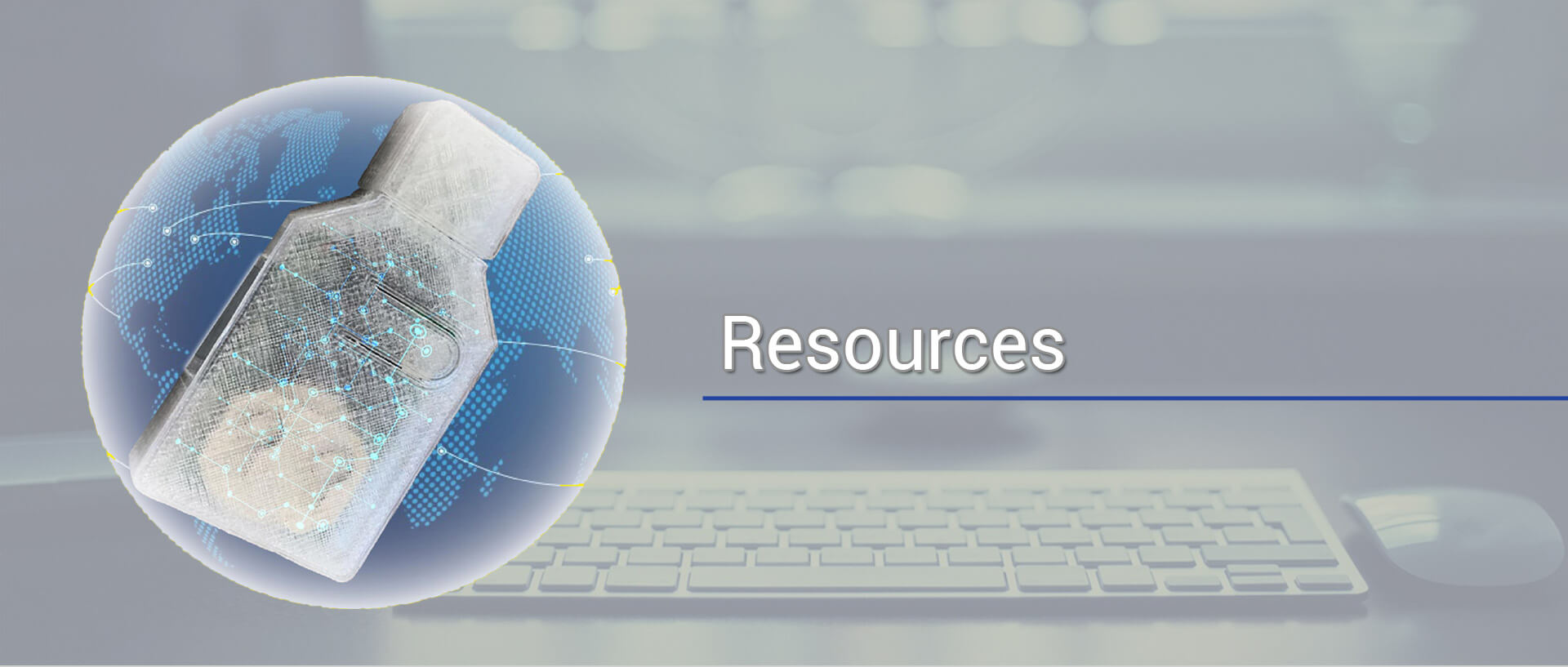
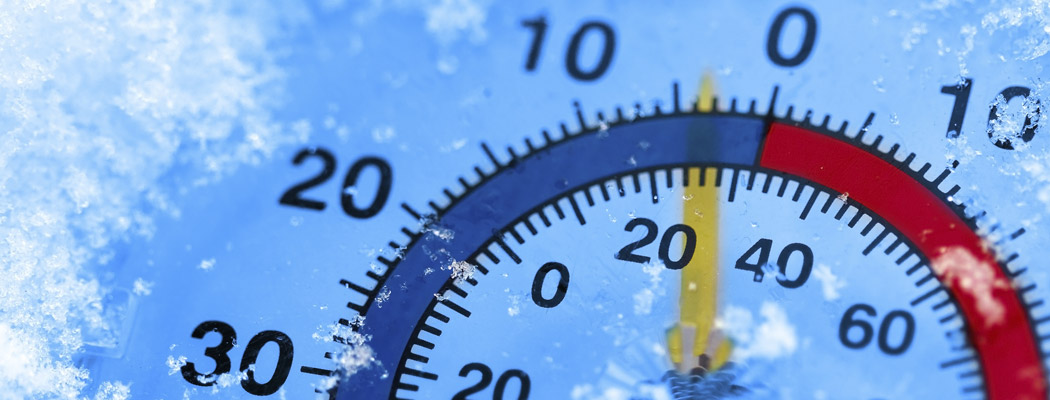 A Cold Chain, is a network of temperature-controlled links involved in moving a product from supplier to consumer. The products moving across this chain, must remain within a temperature range until these reach their final destination. The chain is considered broken when the product is exposed to temperatures outside the acceptable range.
A Cold Chain, is a network of temperature-controlled links involved in moving a product from supplier to consumer. The products moving across this chain, must remain within a temperature range until these reach their final destination. The chain is considered broken when the product is exposed to temperatures outside the acceptable range.
 The internal biological and chemical processes of fresh produce continue after harvesting. Produce is a living, breathing commodity which emits heat and carbon dioxide. There are four environmental conditions that can be managed to get good-quality product to market (Thompson, 1998):
The internal biological and chemical processes of fresh produce continue after harvesting. Produce is a living, breathing commodity which emits heat and carbon dioxide. There are four environmental conditions that can be managed to get good-quality product to market (Thompson, 1998):
